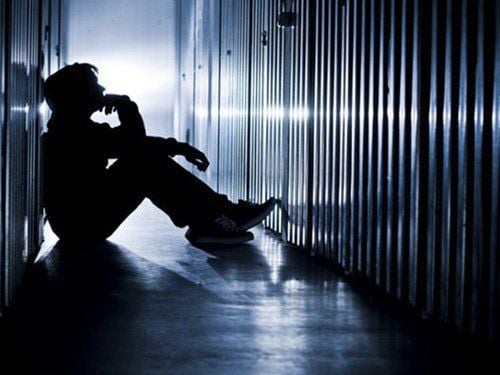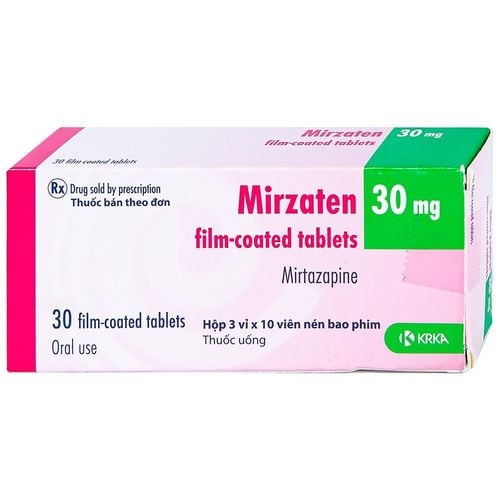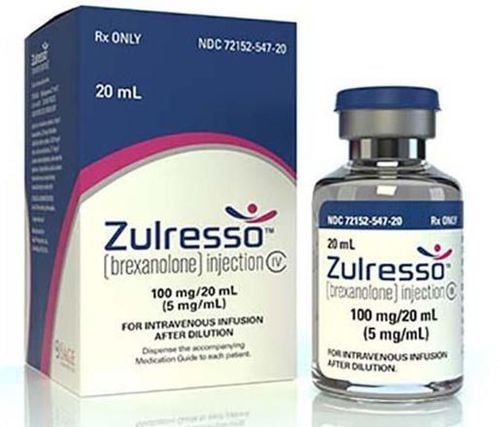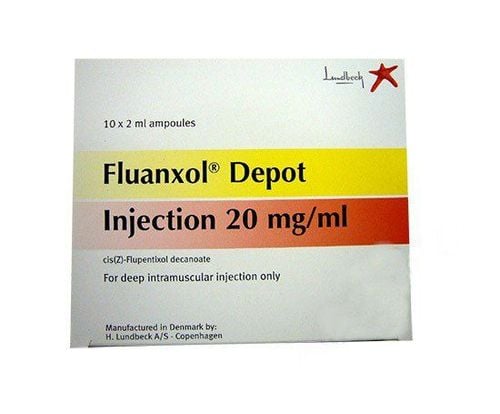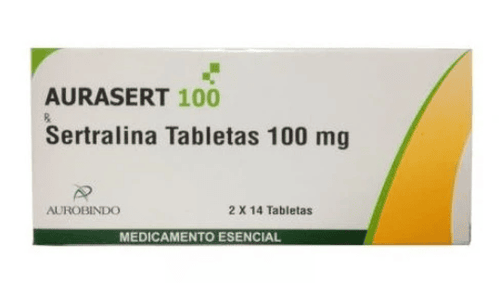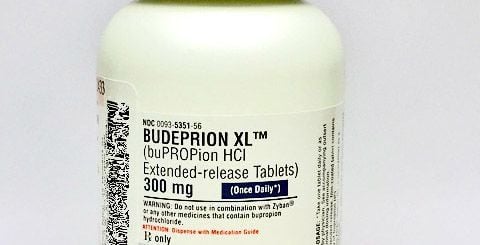This is an automatically translated article.
Depression is a mood disorder that occurs quite commonly today. Depression is divided into many types such as mild depression, chronic depression, postpartum depression,... All types of depression have a great influence on people's mental health. Recognizing early signs and causes will help doctors advise the most effective treatment.
1. What is depression?
Depression is a mood disorder that causes persistent feelings of depression or sadness and often loss of interest in all that normally brings you joy. Depression has a huge impact on how you feel, think, and behave, and can interfere with your ability to function and carry on with your daily life.
There are many different causes of depression, some of which are still unknown to researchers. Depression is classified into many types such as: chronic depression, seasonal affective disorder, postpartum depression,...
Watch now: 9 myths about depression
2. Common types of depression today
2.1 Major Depressive Disorder (MDD)
When the term "Clinical Depression" is used, people usually refer to major depressive disorder (MDD). Major depressive disorder is a mood disorder characterized by several key features:
Depressed mood Lack of interest in normally enjoyed activities Weight changes Sleep changes Fatigue Feeling worthlessness and guilt Difficulty concentrating Thoughts about death and suicide If a person experiences most of these symptoms for longer than two weeks, they are usually diagnosed with major depressive disorder.
2.2 Persistent depressive disorder (PDD)
Persistent depressive disorder is an arrhythmia, referring to a type of chronic depression that has persisted for at least two years. It can be light, moderate or severe.
Patients may experience short periods of not feeling depressed, but relief of these symptoms is usually over a short period of less than 2 months. Although the symptoms are not as severe as major depressive disorder, they are pervasive and long-lasting.
Symptoms of persistent depressive disorder include:
Feeling sad Loss of interest and pleasure Anger and irritability Feelings of guilt Low self-esteem Difficulty falling asleep or staying asleep Too much feeling feelings of hopelessness Fatigue and lack of energy Changes in appetite Difficulty concentrating To treat persistent depressive disorder, doctors often prescribe medication and psychotherapy.
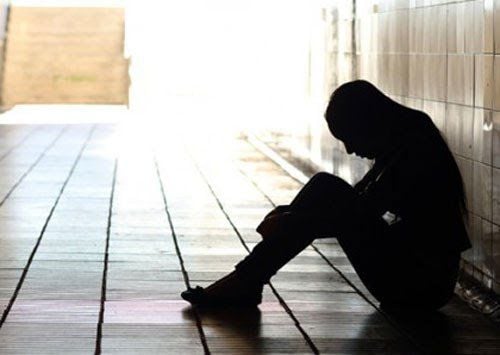
Trầm cảm mãn tính cần được phát hiện và điều trị kịp thời
2.3 Bipolar disorder
Mood disorder characterized by episodes of abnormally high mood (manic) called bipolar disorder. At this stage the symptoms can be mild or they can be so severe that they severely affect the person requiring hospitalization. Most people with bipolar disorder also have episodes of major depression.
In addition to a markedly depressed mood and decreased interest in favorite activities, people with depression often have a range of physical and emotional symptoms that can include:
Fatigue, insomnia and apathy Unexplained pain, psychomotor agitation Hopelessness and loss of self-esteem Irritability and anxiety Hesitancy and disorganization Patients with bipolar disorder are 15 times more likely to commit suicide than the average person often. Psychiatric disturbances (including hallucinations and delusions) may also occur in more severe cases.
2.4 Postpartum depression (PPD)
Pregnancy is a period of great change in a woman's body, in which hormones change dramatically. The onset of postpartum depression usually occurs during pregnancy or after childbirth.
Mood swings, anxiety, irritability and other symptoms are common and usually last up to two weeks. Postpartum depression symptoms are more severe and last longer eg
Low mood, feelings of sadness Severe mood swings Social alienation Trouble getting along with your baby Change in cravings eating Feeling helpless and hopeless Losing interest in activities you once enjoyed Feeling inadequate or worthless Anxiety and panic Thoughts of hurting yourself or your baby Suicidal thoughts Depression Postpartum depression can range from a persistent state of sadness and coma that requires medical treatment to postpartum psychosis - a mood phase accompanied by confusion, hallucinations, or delusions.
If left untreated, this condition can last up to a year. Fortunately, research has found that treatments such as antidepressants, counseling, and hormone therapy can be effective.

Trầm cảm sau sinh thường có biểu hiện tâm trạng thấp, cảm giác buồn
2.5 Premenstrual dysphoric disorder (PMDD)
The most common symptoms of premenstrual syndrome (PMS) are irritability, fatigue, anxiety, moodiness, bloating, increased appetite, soreness, and breast tenderness.
Premenstrual dysphoric disorder (PMDD) produces similar symptoms, but mood-related ones are more pronounced. Premenstrual dysphoric disorder may include some of the following symptoms:
Feeling extremely tired Feeling depressed, hopeless, hopeless or self-critical Feelings of anxiety, tension or worry Severe anxiety Mood swings, frequent crying Irritability Inability to concentrate Cravings or binge eating
2.6 Seasonal affective disorder (SAD)
If you experience depression, sleepiness and weight gain during the winter months but feel completely fine in the spring, chances are you have a condition known as seasonal affective disorder.
Seasonal psychosis is thought to be caused by disturbances in the body's normal circadian rhythms. Light passing through the eyes affects this rhythm, and any seasonal variation in the night/day pattern can cause disruption leading to depression.
Prevalence of SAD can be difficult to determine because the condition is often undiagnosed and underreported. It is more common in areas farther from the equator. SAD is more common in the far north or far south of the planet and can often be treated with light therapy to compensate for seasonal daylight.
2.7 Atypical depression
Signs of depression, such as eating too much, sleeping too much, or being extremely sensitive to rejection but finding yourself suddenly cheered up in the face of a positive event? Based on these symptoms, your doctor may diagnose you with atypical depression (current terminology calls this a depressive disorder with atypical features). This is a type of depression that doesn't conform to what is thought to be the "typical" manifestation of the disorder.
Atypical depression is actually more common than the name suggests. Unlike other forms of depression, people with atypical depression may respond better to a type of antidepressant called a monoamine oxidase inhibitor (MAOI). Accordingly, atypical depression is characterized by a specific set of symptoms related to:
Overeating or gaining weight Too much sleep Fatigue, weakness and a feeling of "heaviness" Intense sensitivity With Rejection Reactive Mood Here is helpful information about common types of depression. If you see any abnormalities in your body or experience persistent symptoms, immediately go to a medical facility for timely diagnosis and treatment.
Follow Vinmec International General Hospital website to get more health, nutrition and beauty information to protect the health of yourself and your loved ones in your family.
Please dial HOTLINE for more information or register for an appointment HERE. Download MyVinmec app to make appointments faster and to manage your bookings easily.
References: healthline.com, verywellmind.com, health.harvard.edu, webmd.com




